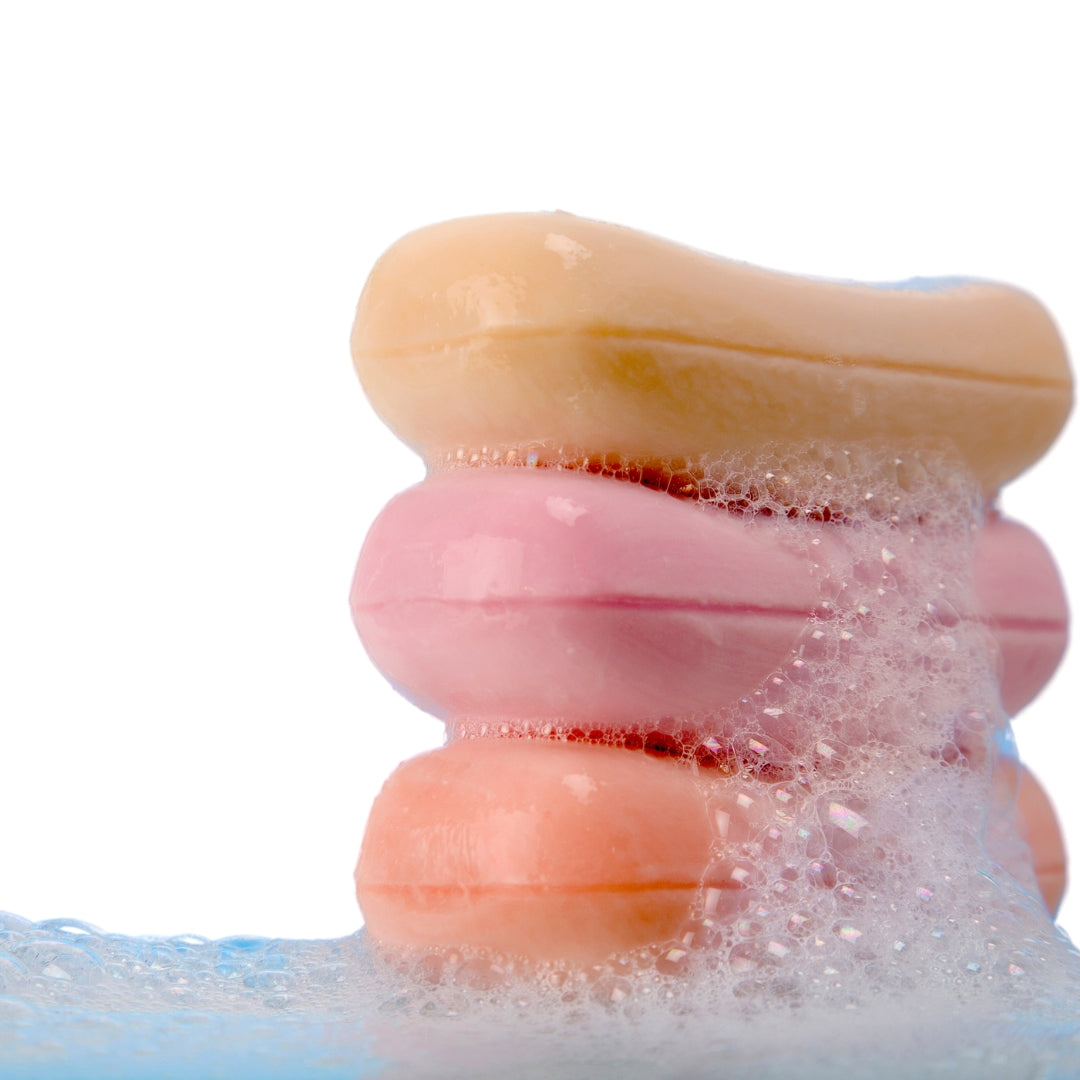Soap production holds a profound historical significance, woven intricately into the fabric of human civilization. Understanding the evolution of soapmaking techniques offers insight into the progress of societies and their hygiene practices over millennia. This blog aims to delve into the rich tapestry of soap production, tracing its journey from ancient origins to contemporary practices.
Ancient Beginnings
Early Evidence of Soap-like Substances
In ancient civilizations such as Mesopotamia and ancient Egypt, early evidence of soap-like substances dates back to 2800 BC. These ancient societies utilized a combination of animal fats, vegetable oils, and alkaline salts to create rudimentary forms of soap. The practical benefits of soap extended beyond personal hygiene, finding applications in religious rituals and textile manufacturing.
Soapmaking in Antiquity: Techniques and Trade

Soapmaking techniques gradually spread across ancient civilizations, facilitated by trade routes and cultural exchange. The Greeks and Romans further refined soapmaking methods, incorporating scented oils and herbs for fragrance and therapeutic benefits. Soap became an essential commodity traded along Mediterranean routes, reflecting its increasing value and utility.
Medieval Europe: The Rise of Soap Guilds
During the Middle Ages, soapmaking evolved into a specialized craft, with the establishment of soap guilds in medieval Europe. Soapmakers adhered to strict regulations and standards set by guilds, ensuring the quality and safety of their products. Soap played a vital role in maintaining public hygiene, particularly during outbreaks of plague and disease.
Renaissance and the Age of Enlightenment: Soap as a Luxury Commodity
The Renaissance era witnessed the emergence of scented and specialty soaps, catering to the aristocracy and elite. Lavish soap formulations incorporating exotic ingredients like spices and perfumes became symbols of wealth and refinement. Soapmaking became an art form, with skilled artisans crafting luxurious soaps for discerning clientele.

Industrial Revolution: The Dawn of Modern Soap Production
The Industrial Revolution revolutionized soap production, ushering in mass manufacturing techniques and synthetic ingredients. Innovations such as the introduction of caustic soda and steam-powered machinery led to increased efficiency and affordability of soap. Soap transitioned from a luxury item to a household staple, accessible to people from all walks of life.
20th Century to Present: Innovations and Sustainability 
In the 20th century, soap production saw further innovations, including the development of eco-friendly ingredients and sustainable packaging. As consumers became more conscious of environmental impact, artisanal and natural soapmaking experienced a resurgence. Contemporary soap brands prioritize sustainability and ethical practices, reflecting evolving consumer preferences.
Global Perspectives: Soap Production Around the World
Soapmaking traditions vary across cultures and regions, each contributing unique techniques and formulations. In developing countries, soap production plays a crucial role in livelihoods and community health initiatives. Efforts towards sustainable and ethical soap production are underway globally, aiming to mitigate environmental impact and promote social responsibility.
Environmental Impact: Challenges and Solutions
Modern soap production poses environmental challenges, including wastewater pollution and plastic packaging waste. Sustainable practices such as using biodegradable ingredients and reducing packaging waste are vital for mitigating these impacts. Consumer awareness and advocacy play a pivotal role in driving industry-wide change towards more eco-friendly practices.

Conclusion
The timeline of soap production unveils a captivating journey of innovation, culture, and societal progress. From its humble beginnings in ancient civilizations to its modern-day ubiquity, soap remains an indispensable part of daily life. As we reflect on its evolution, let us embrace sustainable and ethical practices to ensure a cleaner, healthier future for generations to come.
